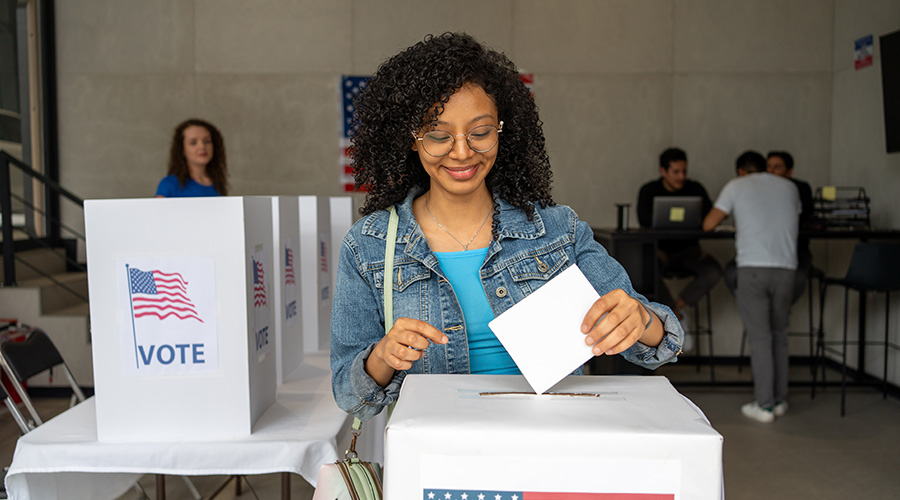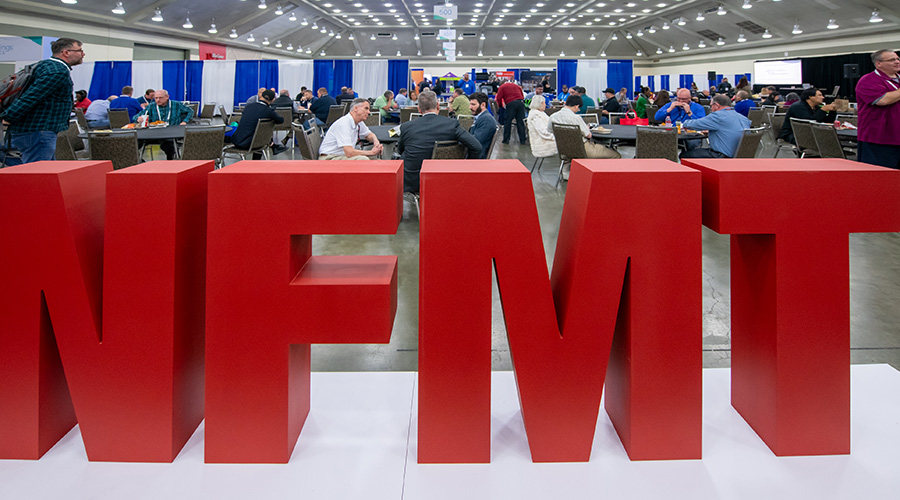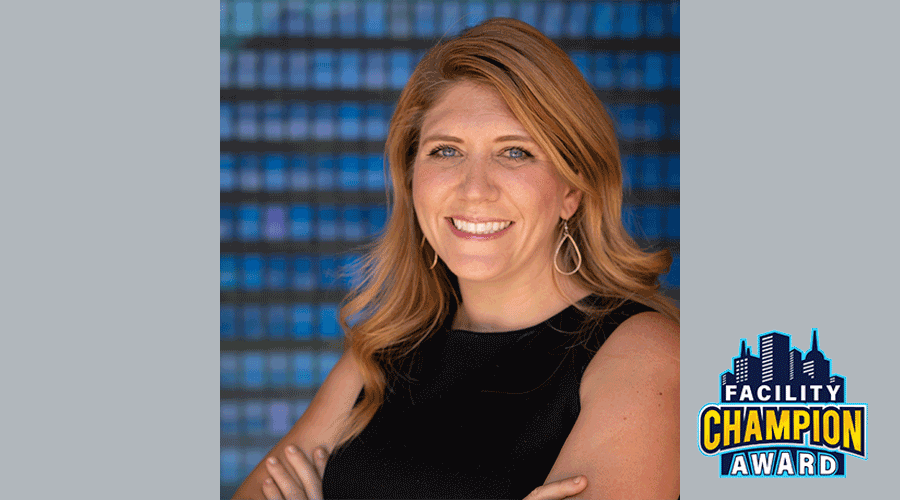
Educational Facilities on the Ballot This November
Education facilities are asking voters across the country to approve their funding. October 3, 2024
By Mackenna Moralez, Associate Editor
This is the most contentious election cycle in recent years as Vice President Kamala Harris and former President Donald Trump fight to become the next president of the United States.
While all eyes are locked in on the main race, they aren’t the only ones who will be on the ballot this November. This Fall, numerous education facilities are asking voters to approve billions of dollars in spending.
According to EdWeek, California officials are asking for $10 billion to fund school infrastructure. The state previously asked for $15 billion in 2020 but failed to secure the funding.
Educational facilities have two categories when it comes to spending: operational, which includes everything from salaries, benefits, curriculum materials and instructional supplies; and capital, which includes infrastructure projects, such as replacing outdate HVAC equipment or retrofitting an old building with new and modern technology. Capital spending requires districts to take out bond-style loans that need to be repaid over 30 years. Traditionally, districts must require a majority of votes before they can borrow the money, EdWeek reports. Still, public support for school bonds varies on factors both in and out of a district’s control, such as the presidential election and wording of the ballot question. The simpler the language, the more likely it is that voters will be able to understand how voting for the initiative will affect them.
It is not common for bond elections to occur at the same time of the presidential elections. EdWeek reports that voters have already approved more than 1,000 bonds just this year, while rejecting 319 – a passage rate of 76 percent.
Bond elections this election season include:
California
- The state is asking $8.5 billion for K-12 districts, plus another $1.5 billion for community colleges. The state would pay the bonds back at an annual pace of $500 million for 35 years. The bond must be approved by 55 percent of voters.
- Districts with maintenance or construction needs would need to secure voter support for a local bond, then request a funding match from the state, according to EdWeek.
Houston
- The city is asking for $4.4 billion upfront, and would be paid back over 30 years, equaling $8.9 billion with interest.
- Houston wants to rebuild 22 elementary and middle schools and renovate or expand another 16. Officials say that they will also move eight other schools out of their current buildings into existing facilities.
- The last time the city voted on a bond was in 2012.
Kansas City, Kansas
- The city is asking $180 million. This is the second just this year that the district will ask voters to support a bond. In April, voters rejected a $420 million bond.
- The average age of school buildings slated for replacement is 102. Some buildings have reported major issues with flooding, while others are so small that portable classrooms have been needed to fit in all enrolled students.
- It is suspected that voters rejected the initial bond due to expected property tax hikes. The election’s ballot will include language that highlights that property tax increases will be offset by decreased costs elsewhere.
Mackenna Moralez is the associate editor of the facilities market.
Next
Read next on FacilitiesNet












